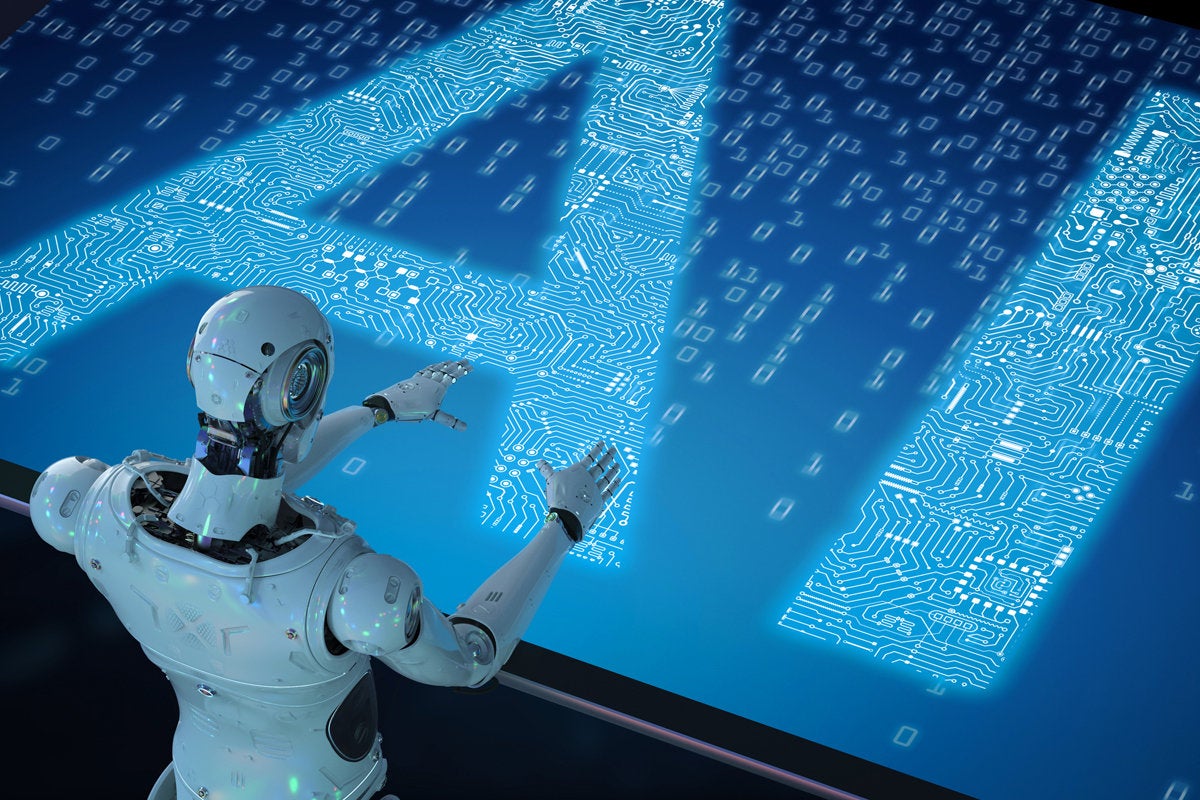Best A.I. coding technologies
Introduction
A.I. coding is a complex topic, but there are many ways to solve the problem.
Reinforcement learning
Reinforcement learning is a machine learning technique that lets an A.I. make decisions based on experience. It's different from supervised learning because the A.I.'s actions are not designed to achieve any specific outcome, but rather to optimize some internal reward function (like maximizing the total value of rewards).
In reinforcement learning, you give your AI a set of tasks and then let it learn how to complete those tasks by itself—without any feedback or supervision from outside sources like humans or other AIs
Deep learning
Deep learning is a subset of machine learning that uses neural networks to solve problems.
Neural networks are inspired by how neurons in the human brain function, which can be summarized as “a set of connected nodes (or neurons) that perform logic operations on data”. They were first developed in the 1960s, but they didn't see widespread use until the 1980s when they were used in computer vision and speech recognition applications (among others).
Machine learning
Machine learning is a type of artificial intelligence that uses algorithms to learn from data. In other words, it allows computers to make predictions based on past examples. It has applications in many areas of computing, including computer vision—the ability for humans or machines to understand images through their pixels and build up an understanding of what they mean—speech recognition (when you say "good morning" into your phone), natural language processing (when you ask Siri questions) and predictive analytics (when you're told how many people will use your product).
Machine learning can be used in many different ways: You might want it so that your robot can recognize objects easily; or perhaps it'll help you predict what customers need before they even know they need something; maybe even provide recommendations based on past purchases?
Natural language processing
Natural language processing (NLP) is the ability of a machine to understand human language. It's used in many fields, including search engines, chatbots and voice assistants.
NLP is a subfield of artificial intelligence that can be used for many different purposes.
Generative models
Generative models, also known as generative adversarial networks (GANs), are a type of A.I. model that allow the creation of new images from scratch. These models are trained to generate realistic-looking images by training them to produce new ones and comparing those produced with real images for error rate.
GANs were originally used for image generation, but they can be applied to many other areas as well: natural language processing (NLP), speech generation, music composition and more!
Numerical methods and interpolation
Numerical methods and interpolation are used to solve differential equations. The former is a process of solving a linear system of equations by using continuous variables, whereas the latter is used when you don't have enough data for solving a problem.
Interpolation has been around since long before computers were invented, but it was not until the advent of high-speed digital computers that we could see its true potential in A.I., where it can be used on large datasets with thousands or millions of points (each point being represented by an assigned number).
A.I. coding is a complex topic, but there are many ways to solve the problem.
There are many ways to solve the problem, but it's important to start by understanding your resources. What are you willing to invest in this project? How much time do you have and what are the tradeoffs between different types of A.I.?
Once you've identified your options and costed them out, it's time to consider what kind of experience and expertise would be required. Are there people on staff who have worked with A.I., or do they need some training? Do they need access to data that isn't available on-site (like personal emails), or can any employee use these tools without being trained in how they work?
This is where it gets interesting: If a company has plenty of resources available but lacks experience working with artificial intelligence technologies like machine learning algorithms or machine vision algorithms (for example), then hiring someone from outside may make sense because their skillset might not align perfectly with those already within their organization—but if there aren't enough experienced employees within an organization who could provide oversight over such projects then hiring externally may be more appealing since bringing new blood into an existing team would likely lead them down paths less familiar than those already established in place
Conclusion
I hope that this article has given you an idea of some of the different approaches to A.I. coding, and I encourage you to take a deeper dive into the field yourself after reading this if there’s something specific that interests you. If nothing else, getting familiar with these technologies will help prepare you for any future opportunity where they might be useful—and there are plenty out there!

